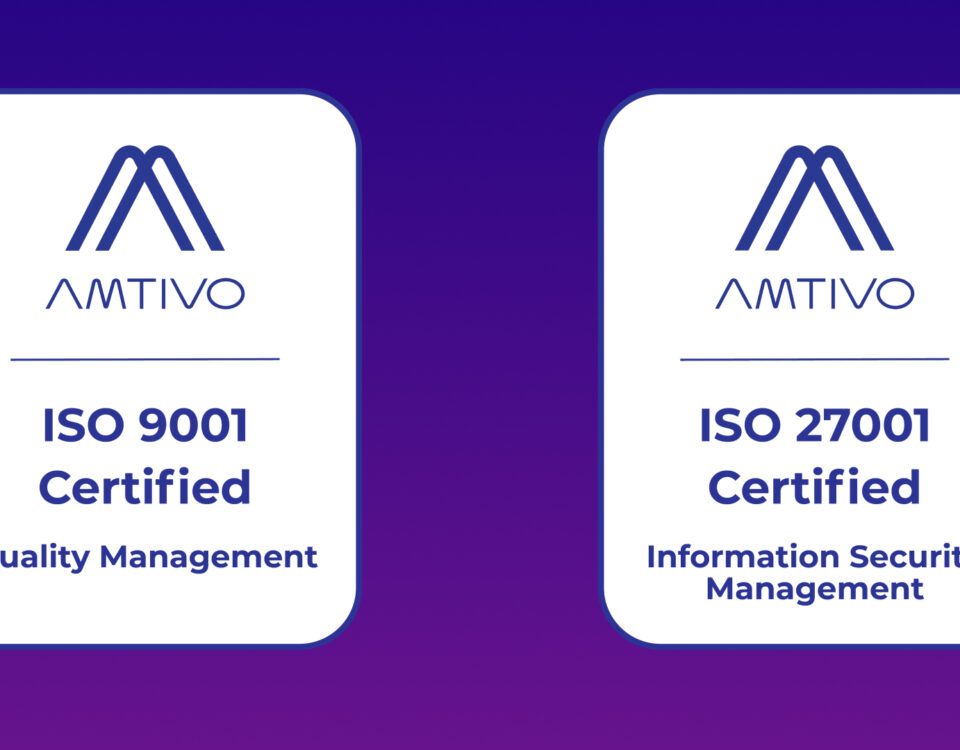DermView envisions the digital future of dermatology

 In talks to raise €2m, Irish medtech DermView is on a mission to revolutionise dermatology treatment, beginning with expansion in the UK and Ireland.
In talks to raise €2m, Irish medtech DermView is on a mission to revolutionise dermatology treatment, beginning with expansion in the UK and Ireland.
Not many people out there realise it, but skin issues make up almost 20pc of a typical GP’s workload. And with only 57 dermatologists in the country, according to DermView co-founder Eoin O’Reilly, it is not surprising that the Irish waiting list to see dermatologists currently stands at 46,500 people.
If O’Reilly has his way, his company DermView will help to reverse this situation in the coming years.
It gives GPs and consultants the full story and they can actually make a diagnosis with this information
The company is currently in talks to raise €2m by early 2021 with a view to expanding in Ireland, the UK and soon the US and Canada.
DermView Clinics enable patients to get a rapid, accurate diagnosis from a leading dermatology consultant in Ireland. DermView are working with Ireland’s leading Mohs surgeons, top consultant dermatologists, plastic surgeons and GPs, ensuring the formation of a state-of-the-art imaging system.
The company just won ‘Best use of Information Technology’ At the Irish Health Awards 2020 this week.
Information – and imaging – is empowering
You could say DermView, combining clinics, telemedicine and imaging, is a technology of its time. And it couldn’t come at a better time. According to O’Reilly one in five patients in Ireland will see a GP each year with a skin issue. National skin referral volumes are growing 7pc every year.
Ultimately the system combines imaging with GP referral notes and macroscopic and dermascopic images to tell the complete story.
“The image generated on our platform is a direct image from a dermatoscope. It also gives the consultant the ability to greater enhance the dermatoscopic image to even finer clarity and details than they can’t get from the naked eye,” said O’Reilly, adding that the system has been proven to work via a current HSE pilot at St James’ Hospital.
The need to speed up the process is quite acute. “With just 57 dermatologists in the country, Ireland currently has the lowest ratio of dermatologists per 1m people in the OECD. And there is a global shortage of dermatologists worldwide.”
But with skin issues accounting for almost 20pc of a GP’s workload, the reality is that urgent cases aren’t being referred to specialists fast enough, which could have potentially fatal consequences in cases like skin cancer..
The other side of the coin is that the waiting lists are also being clogged up by non-urgent cases.
What DermView hopes to do through its clinics and its imaging platform is ensure that GPs and specialists have all the correct information that they need to ensure that urgent cases are dealt with in a punctual way.
“With the right microscopic images along with dermatological images and the patients’ medical history, it gives GPs and consultants the full story and they can actually make a diagnosis with this information.”
O’Reilly said a trial of 160 patients in Q4 last year with the HSE resulted in 57pc of patients being kept out of hospital. “We would be very consistent this average and keeping patients out of secondary care hospital settings. Sometimes treatments require just a prescription.”
What this means in turn is that patients who require urgent treatment like a biopsy or plastic surgery can be dealt with on time by consultant dermatologists.
There are 13 adult dermatology departments in the country. And if a patient needs to be treated for something like a possible melanoma, they would need to be seen within two weeks of visiting their GP. Instead, what is happening is they are being put on waiting lists of between eight months and a year.
As well as its clinics O’Reilly said its service can be mobile so it can be used by nurses in care homes and other settings to get a perfect picture every time without requiring a lot of training.”
Eminently and imminently exportable
O’Reilly’s inspiration for Dermview came from his own experience after seeing a dermatologist to address a growth on his forehead. He was told after waiting three months that he was very lucky to be seen because most patients would have to wait at least a year in some cases.
This made me think that there must be a role for technology to play in building up a network of consultant dermatologists via tele-dermatology. And to run a full and comprehensive service we estimated that you would need at least 20 dermatologists to run a comprehensive service.
After building the system and his network of dermatologists, O’Reilly says he is ready to take DermView to the next level.
“We are currently in discussion in the UK to build a similar network to what we have done in Ireland and we’re also having early conversations with medical centres across North America.”
O’Reilly added that the onset of the Covid-19 crisis has only served to accelerate the acceptance of telemedicine in the medical world. “Covid-19 has helped telemedicine greatly, it has certainly come to life. The technology was build to be exported and that’s why we are delighted to be an Enterprise Ireland High Potential Startup (HPSU) company.”
This article was first published on 4 December 2020 by Think Business. You can read the original article here.


